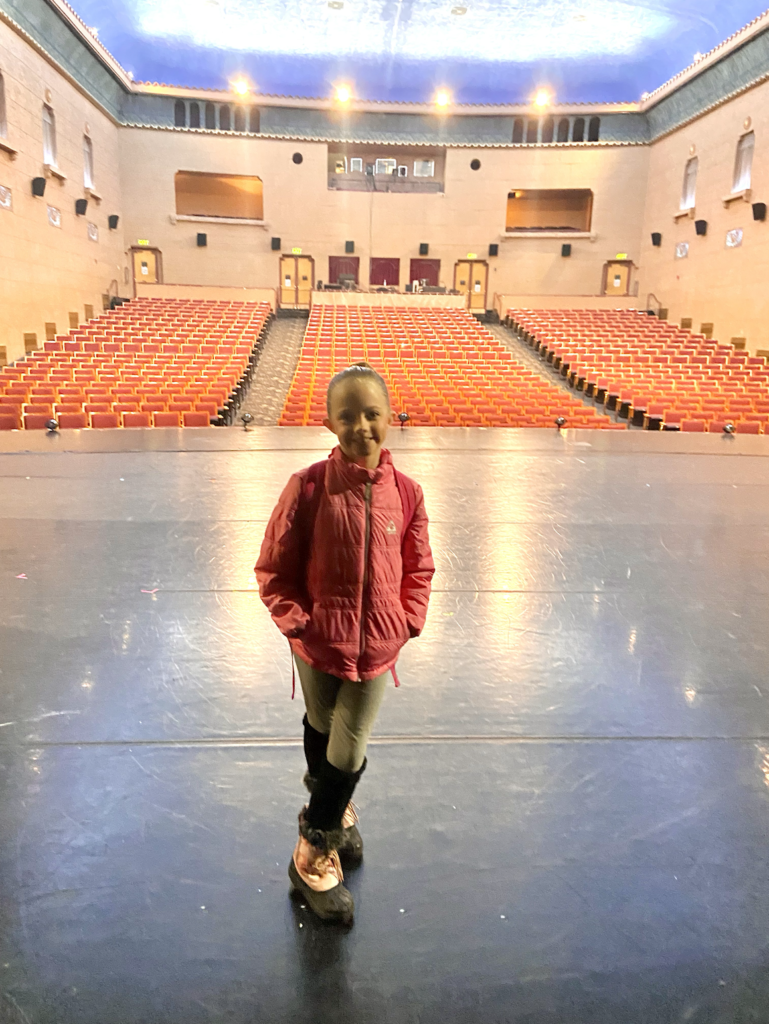Technique from the Pianist’s Bench

. What a wonderful book! I highly recommend it for any piano teacher. Berman includes in his book chapters on topics such as Sound and Touch, Practicing, Deciphering the Composer’s Message, Technique, and The Art of Teaching and the Art of Learning. He illustrates his points with tons of musical examples from great piano literature. I find this book really inspiring to me as a pianist as well as a teacher. I think that this book is just as helpful for teachers of young students as it is for advanced pianists.
In light of our current topic here on The Teaching Studio, I was especially re-reading the chapter on Technique, which is fabulous and goes into great depth on what good technique is and how to teach it. I’d like to summarize a bit of his chapter on technique, because it has been so helpful to me (but you really should read the entire thing, it is chock full of incredibly helpful ideas!).
Did you know that the word technique is derived from the Greek word for “art”? I didn’t, until I read this book!
Berman talks about three fundamental physical actions used in piano technique:
- independent use of well-articulated fingers
- rotation movements of wrist or forearm
- use of weight of the forearm and upper arm
He believes that most of the pianist’s movements are some combination of these actions, and that they are all equally important.
Berman also believes that two pillars form the foundation of good piano technique:
- The economy principle (being economic in your movements; to not use a bigger part of the body when a smaller will suffice)
- The extension principle (to regard the finger, hand, forearm and arm as the continuation of the others, with each individual unit ready to support and share the work with the others.)
The fingers must always be active; this is essential for enunciation…The fingertips give definition to the sound…Finger technique is not only indispensable but also completely safe if practiced properly.
It is essential for the pianist to develop a flexible wrist, capable of small and rapid movements. It should be able to work flexibly and smoothly in three ways: rotating, performing horizontal shifts, and making vertical movements….Wrist technique needs to be developed early in the pianist’s life.
…some of them are well worth incorporating into a daily technical routine…to be highly useful for daily warm-up.
Important as the technical work is, it should never be done without a musical goal in mind. Realizing the musical content of the passage helps the pianist to find the right technical approach.

 Previous Post
Previous Post Next Post
Next Post


















Thanks jenny very helpful, the piano is a very popular medium for music in all parts of the world, and gives inspiration to people! Thanks for this post and I want to learn more.
It's quite impressive.